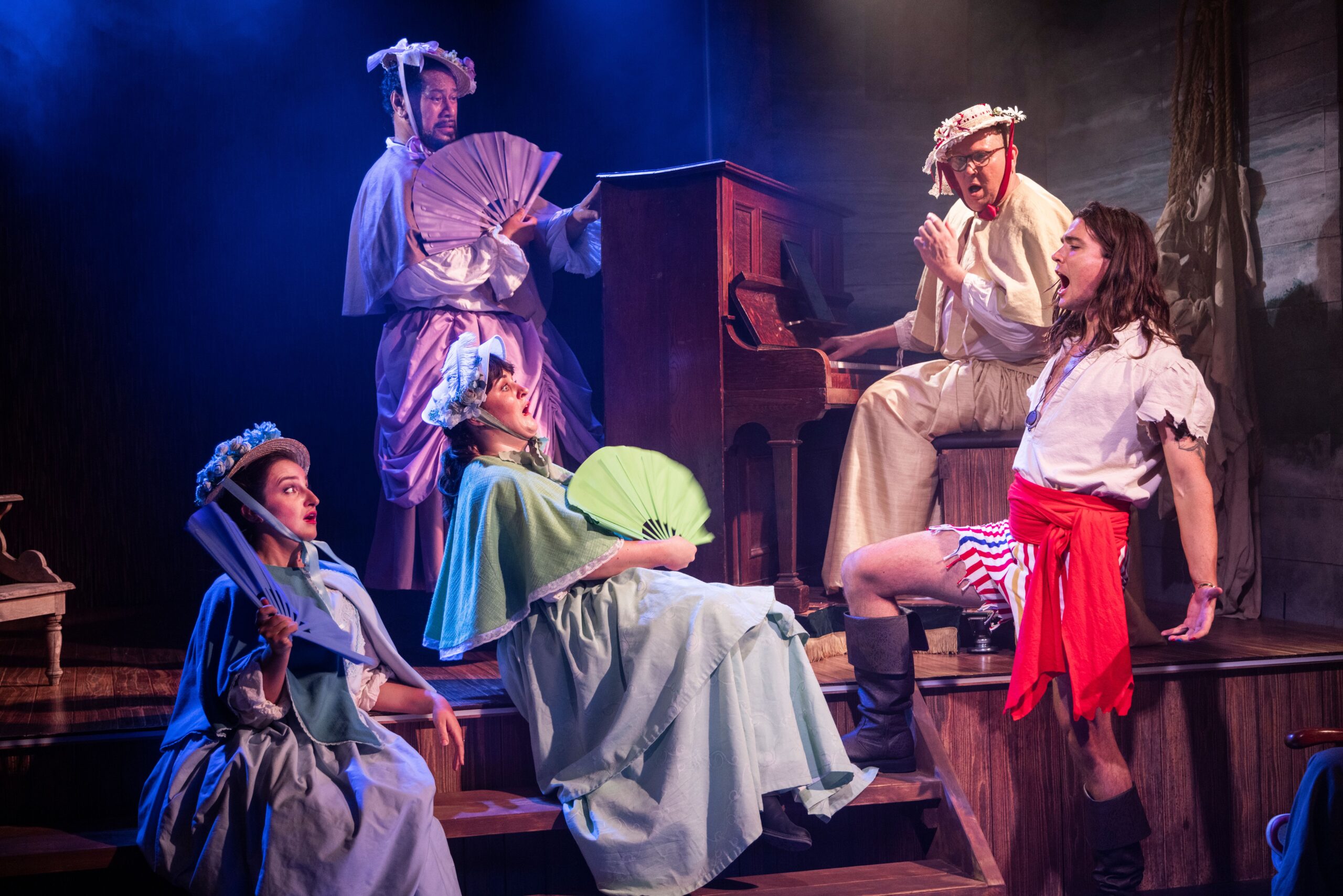From Bach to Eurovision, music can make us feel a story even when we don’t recognise the words shaping the narrative. Bach and Eurovision may be an odd pairing to use, but the concept of hearing words that we cannot understand isn’t a barrier to feeling the emotion communicated by a vocalist. We continue to engage with music that makes us feel the narrative through our connection to more than just words.
Susannah Lawergren is one such vocalist with the power of communicating story through her passion for music. This came through in my interview with her for the upcoming performance of The Class of ’85, a concert of Baroque composers: Bach, Handel, and Scarlatti. Lawergren will be performing J.S. Bach’s ‘Non sa che sia dolore’ (He knows not what sorrow is) on Sunday the 1st of June at Bowral Memorial Hall, in addition to two other performances in Sydney locations on Friday and Saturday.

We spoke about the structure of Bach’s ‘Non sa che sia dolore’, which is a cantata (a vocal composition) made up of two arias (a solo song for an opera singer), both preceded by a recitative. This term was a new concept to me, and Lawergren explained that ‘a recitative explains the aria’ – it advances the storyline of the opera by allowing the singer to reflect and emote in the story based on the explanation of the recitative.
Lawergren explained that the first recitative she sings is like she’s saying, ‘oh you’re going, you’re going away, I’m so sad… it’s a bit like when a child is leaving a parent… like a mother with a child [who says] but listen, you’re going to do great things! And I’m very excited.’ This marks the end of the first recitative, creating the context of longing through a complex mixture of sadness and excitement, and sets the audience up for the first aria.
We continued speaking about the cantata and how ‘no one really knows who this was about, [or] who it was written for’, but Lawergren explained that ‘there are various theories; that it might be a soldier, or there was someone in Bach’s life that did go to Ansbach which is mentioned in the text, but that has nothing to do with the sea, that particular place was nowhere near the sea’. The sea is the focus of the second aria: ‘it is all about a sailor, a sailor being buffeted by the sea. It has an amazing depiction of storms, and then a brave sailor standing up to the storm and still singing into the wind, despite misadventures at sea.’ Lawergren’s explanation of the second aria was full of passion, and she showed a deep understanding of the meaning of these pieces.

In addition to performing in The Class of ’85 with Bach Akademie Australia, Lawergren will also be performing in Song Company’s Love’s Four Seasons. As a Principal Artist of both these companies, Lawergren brings her passion for music into not just her performances, but also her preparation. For these two performances, Lawergren has been ‘getting very nerdy about Italian… just intoning Italian out loud’, which shows her dedication to connecting the performance artist to the music.
Her awareness of the art of performance further extends to the accompanying orchestra and her connection to them. In the cantata Lawergren performs in The Class of ’85, she will be ‘the solo singer, so all the other people on stage will be instrumentalists, and they have a very different understanding of music and intention’. Our discussion led to talking about Baroque instruments and how the instrumentalists have a different grasp on the texture of music because of changes to the physical instrument they work with, whereas vocalists have always worked with the same physical instrument – their voice. Lawergren expressed that ‘it’s really quite exciting’ when she comes together with the instrumentalists, as ‘we’re bringing different things to the room’.
Lawergren further reflected that this experience is different when she goes ‘into a room with Song Company, when it’s five other singers and no instrumentalists, then we are all singers, but we’ve all got different voice parts… we’re all trying to sound homogeneous at some times and then singing soloistic at other times’. This insight into how she connects with other singers versus instrumentalists showed a beautiful understanding of the flow and connection between musicians.
The discussion I had with Lawergen was enlightening to the effort that goes into the practise of singing, and how passionate she is about the pieces she performs and the art itself.

For The Class of ’85, Susannah Lawergren (Soprano) will be performing alongside Madeline Easton (Artistic Director and Violinist), Hannah Fraser (Mezzo Soprano), and the Bach Akademie Australia Orchestra on the following days:
Friday May 30th at 7:30pm – St James Church, Sydney
Saturday May 31st at 2:30pm – Our Lady of Dolours Catholic Church, Chatswood
Sunday June 1st at 2:30pm – Bowral Memorial Hall, Bowral
The program incorporates Bach, Handel, and Scarlatti – baroque composers all born in 1685.
Class of ’85 Program:
Scarlatti Salve Regina in A major (1756–57)
J.P. Rameau Entrée de Polymnie from Les Boréades
J.S. Bach Orchestral Suite No.3 in D major, BWV 1068
G.F. Handel Concerto Grosso in B flat major, HWV 325 (Op.6 No.7)
J.S. Bach ‘Non sa che sia dolore’ (He knows not what sorrow is) – Cantata, BWV 209
Susannah Lawergren will also be performing with Song Company on June 7th for Love’s Four Seasons, a performance that follows the emotional flow and connection of love through its highs and lows.
Tickets for the performances can be accessed via the links below.




